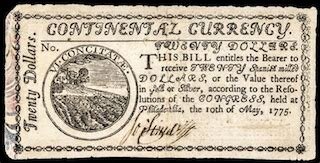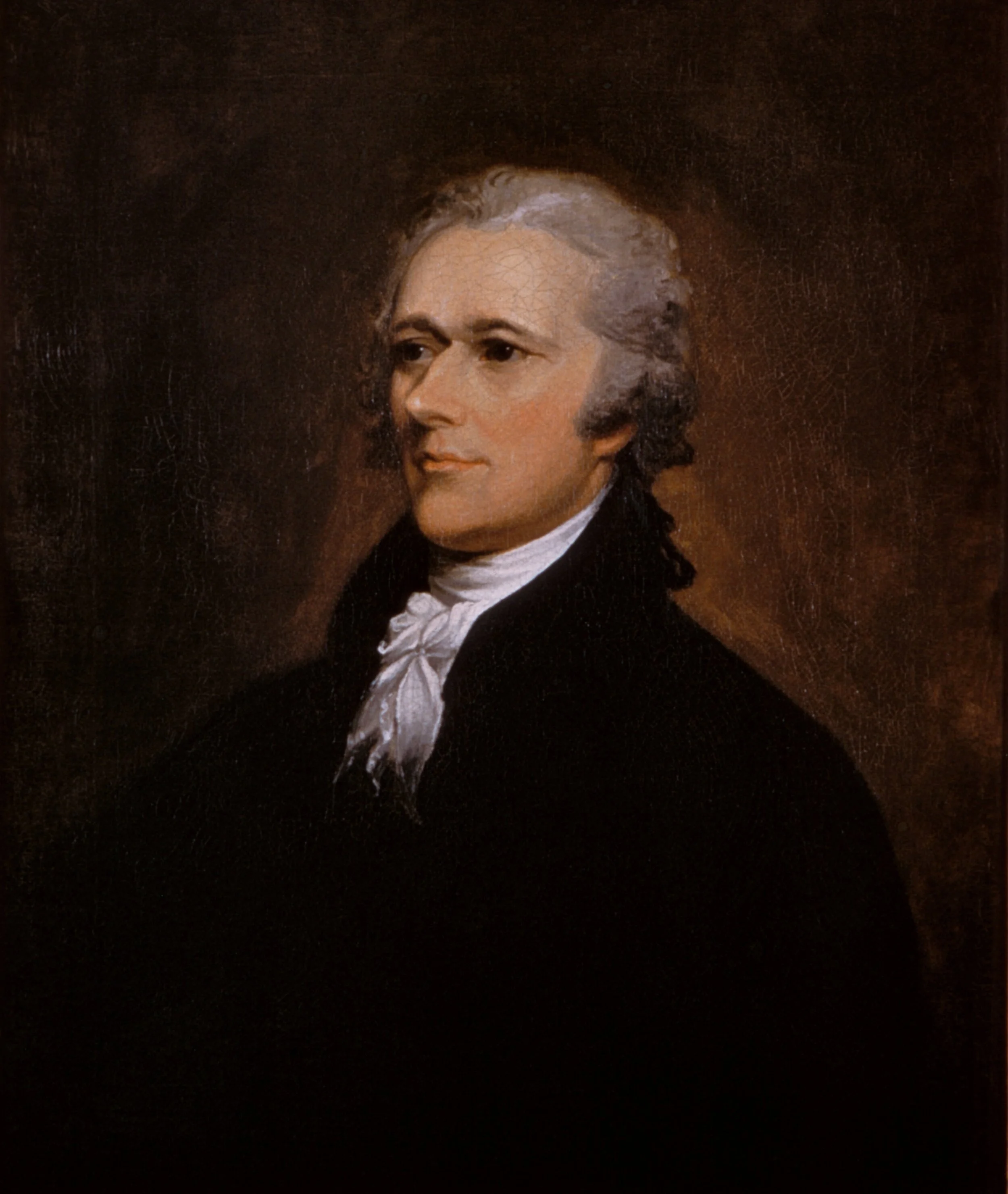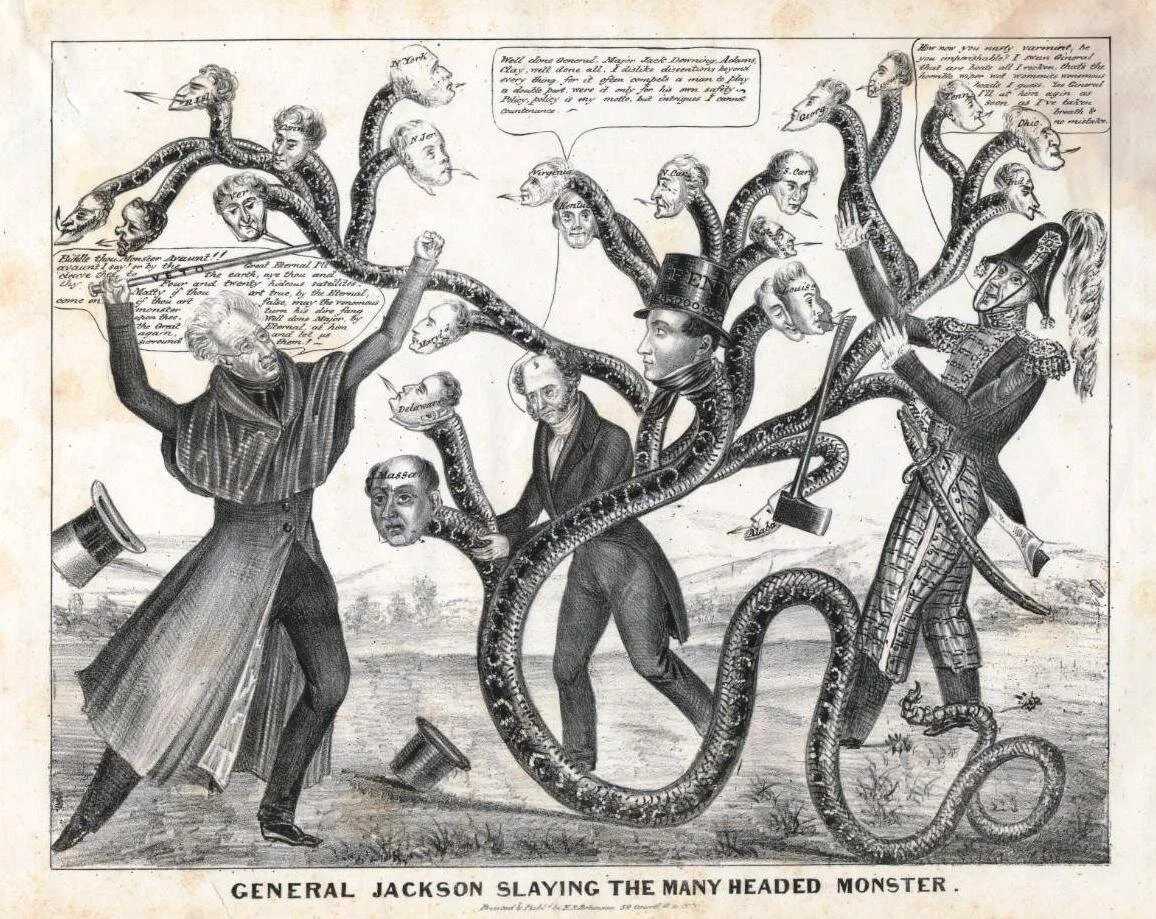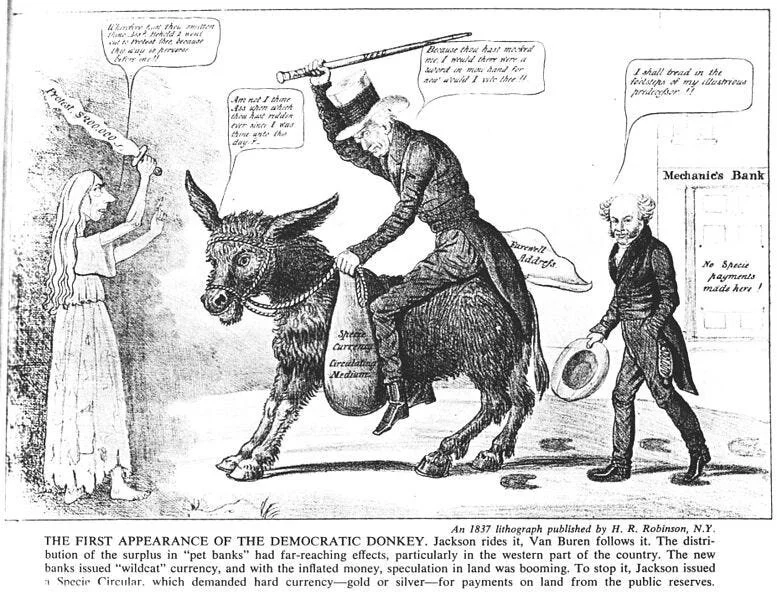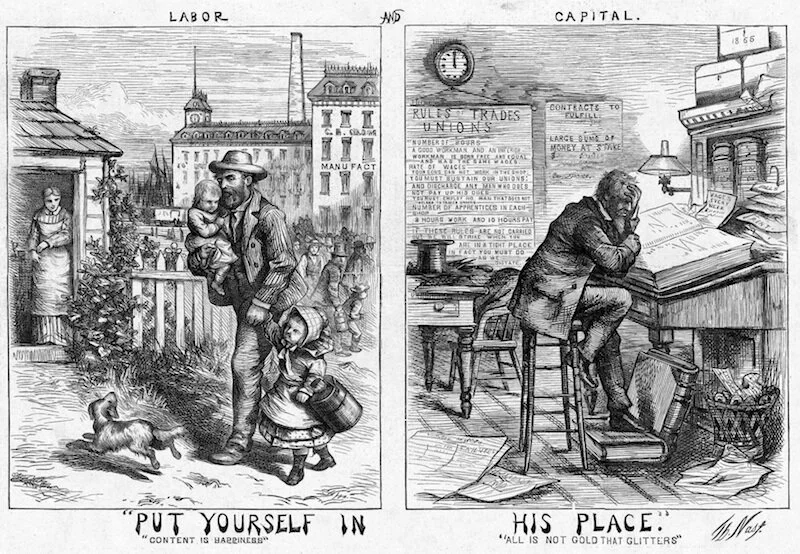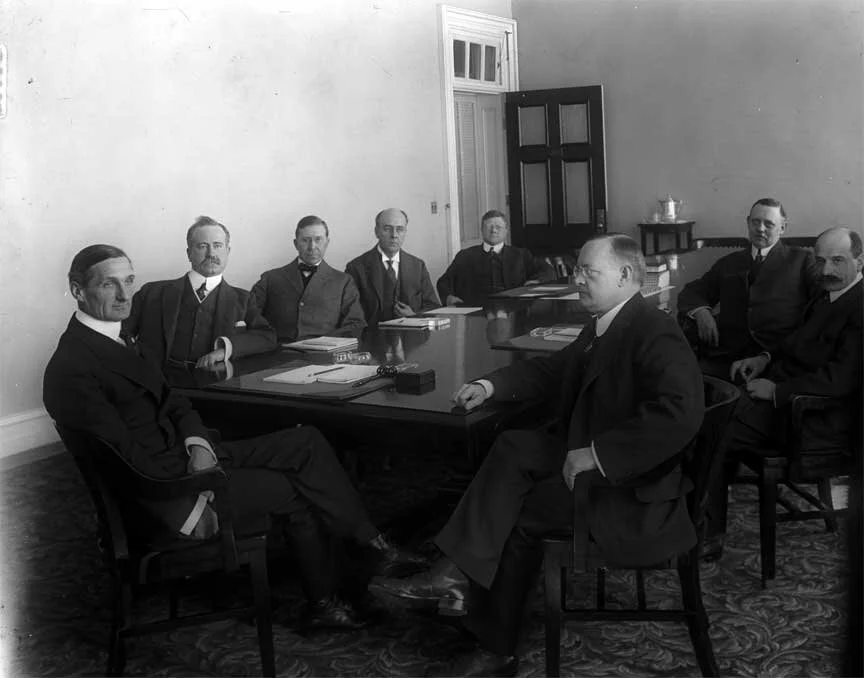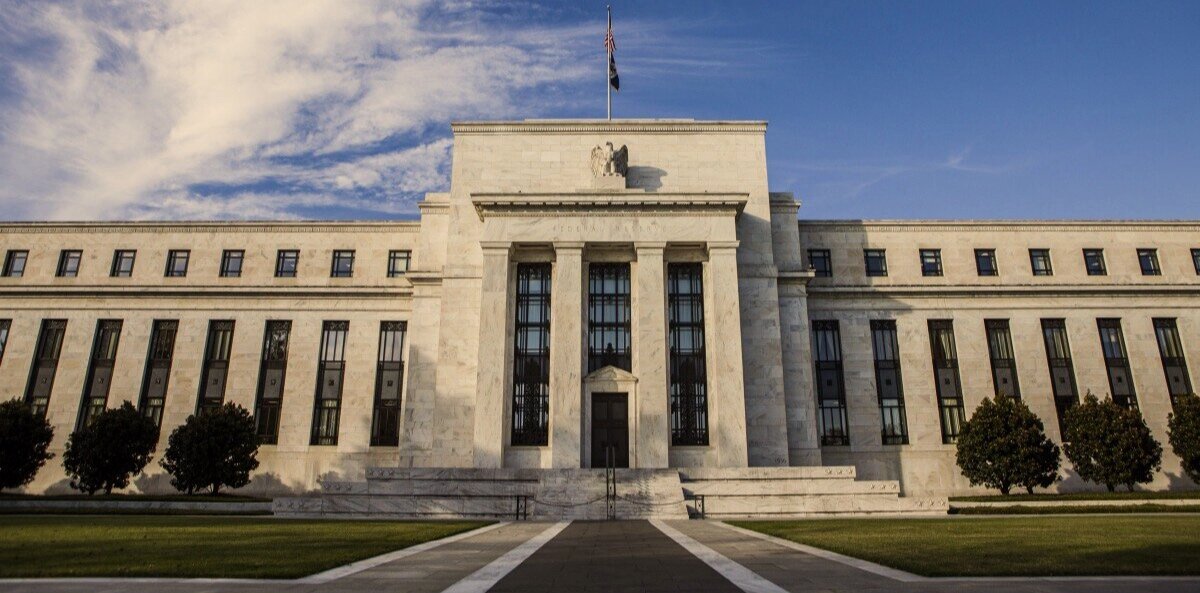
The farther back you can look, the farther forward you are likely see.
- Winston Churchill
A New Plan to End All Concerns
1908 - 1912
The Aldrich Plan
The Aldrich-Vreeland Act of 1908, passed as an immediate response to the panic of 1907, provided for emergency currency issue during crises. It also established the national Monetary Commission to search for a long-term solution to the nation’s banking and financial problems. Under the leadership of Senator Nelson Aldrich, the commission developed a banker-controlled plan. William Jennings Bryan and other progressives fiercely attacked the plan; they wanted a central bank under public, not banker, control. The 1912 election of Democrat Woodrow Wilson killed the Republican Aldrich plan, but the stage was set for the emergence of a decentralized central bank.
Though not personally knowledgeable about banking and financial issues, Woodrow Wilson solicited expert advice from Virginia Representative Carter Glass, soon to become the chairman of the House Committee on Banking and Finance, and from the Committee’s expert advisor, H. Parker Willis, formerly a professor of economics at Washington and Lee University. Throughout most of 1912, Glass and Willis labored over a central bank proposal, and by December 1912, they presented Wilson with what would become, with some modifications, the Federal Reserve Act.
The New Banking System
1913
The Federal Reserve is Born
From December 1912 to December 1913, the Glass-Willis proposal was hotly debated, molded and reshaped. By December 23, 1913, when President Woodrow Wilson signed the Federal Reserve Act into law, it stood as a classic example of compromise—a decentralized central bank that balanced the competing interests of private banks and populist sentiment.
1914
Open for Business
Before the new central bank could begin operations, the Reserve Bank Operating Committee, comprised of Treasury Secretary William McAdoo, Secretary of Agriculture David Houston, and Comptroller of the Currency John Skelton Williams, had the arduous task of building a working institution around the bare bones of the new law. But, by November 16, 1914, the 12 cities chosen as sites for regional Reserve Banks were open for business, just as hostilities in Europe erupted into World War I.


